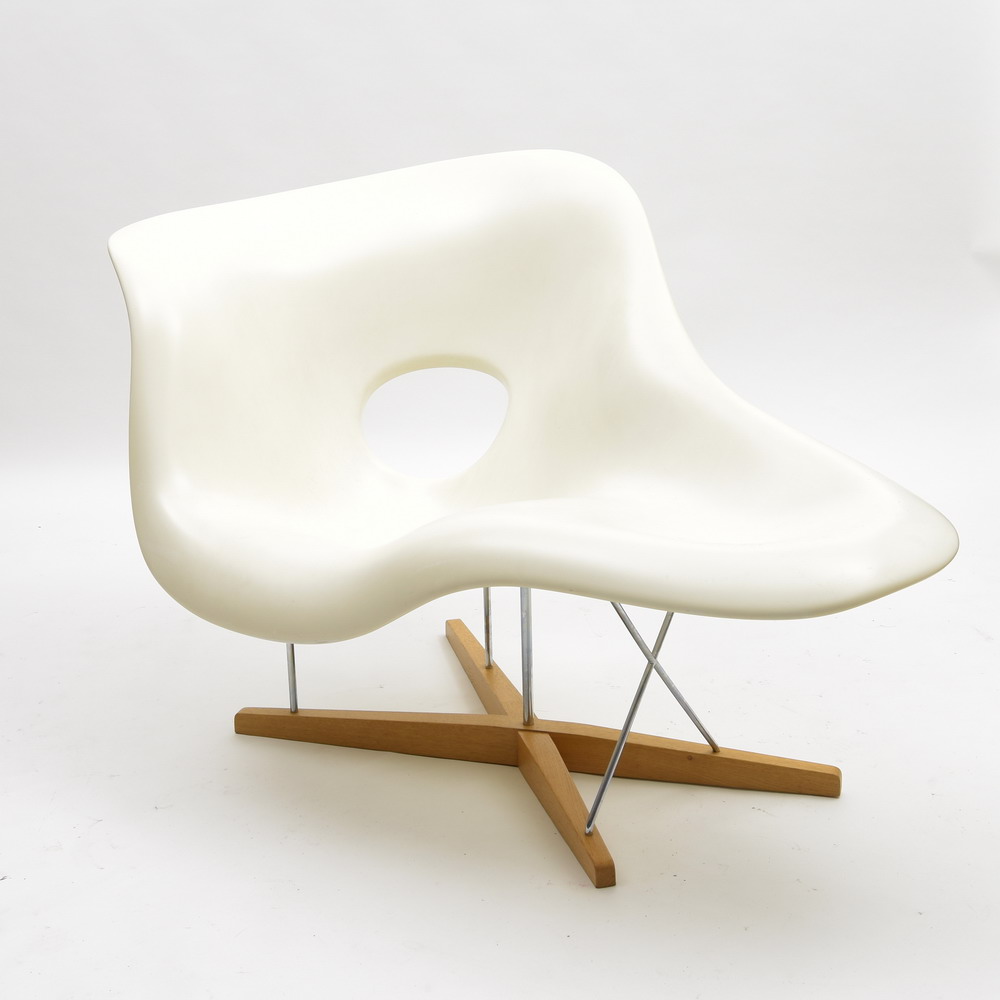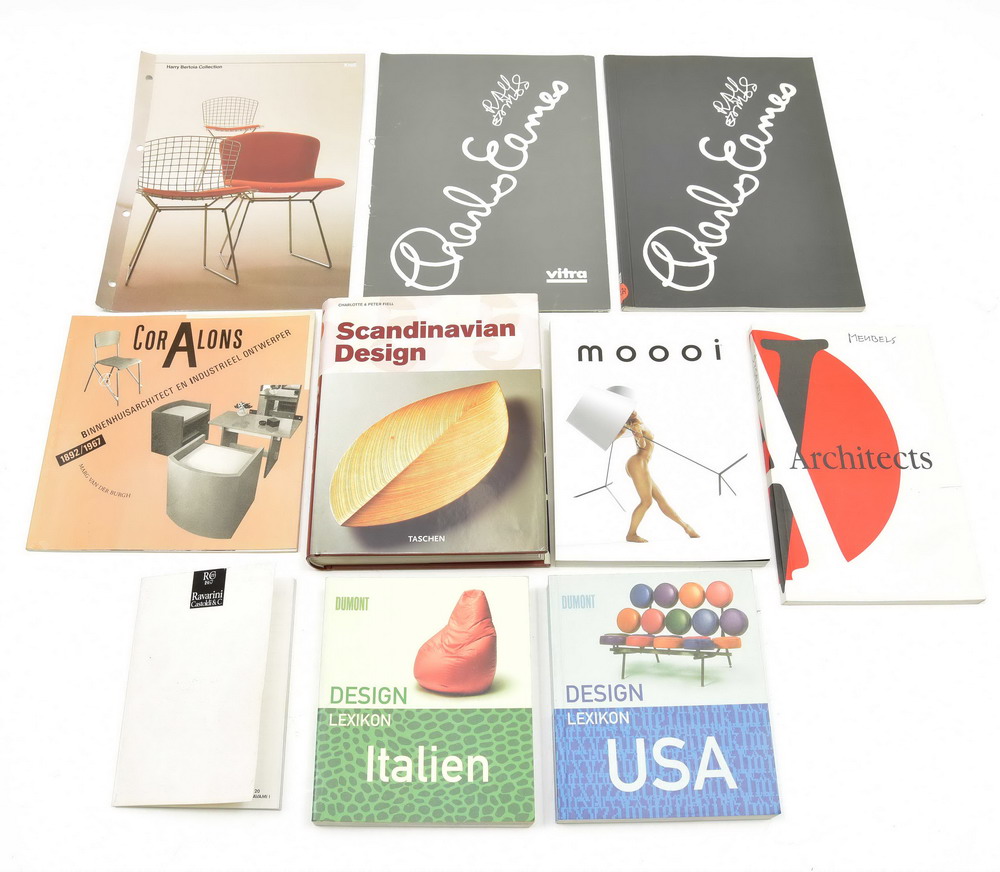Charles Ray Wet Paint 2008 Modified gypsum plaster, plastic and fiberglass. 33 x 26 in. (83.8 x 66 cm). This work is from an edition of three.
Provenance Matthew Marks Gallery, New York Catalogue Essay Charles Ray doesn’t really create forms but he isn’t an appropriationist either. He manipulates existing forms and figures like altered readymades, or quotes. His practice is a cycle of reprises. And with these borrowed and renewed elements he creates spectacular surprises, sensations through a play of materials, and an unexpected manipulation of weight, size and perception. Ray’s art is endlessly witty and his work is at once extremely funny, tragic-comic and beautiful. (Astrup Fearnley Museum of Modern Art) Charles Ray is widely regarded as one of the most significant artists of his generation and has had a unique position within contemporary art over the last 30 years. Rich in art historical references, his works also distinguish themselves through their inimitable originality. Intrigued by the artistic language and practice of Anthony Caro from the intersection of different elements within a work to a work’s relationship with its context, Wet Paint exemplifies the way in which Ray has skillfully worked through the legacy of minimalism in pursuit of extra-formalistic potentialities. “Over the years Ray has often spoken of an art that can jerk one’s head around – of making objects and creating situations that are not what they appear to be and that force us to re-examine the validity of the truths we garner from perceptual experience. Ray takes the bedrock of reality, whether something as abstract as a cube or as concrete as a human figure, and then twists, tweaks, and jerks it until it tugs at the reality of what one thinks one knows. In so doing, Ray unsettles the viewer’s very state of being, for he shows that perception reveals reality to be not immutable but in a constant state of flux” (P. Schimmel, “Beside One’s Self,” Charles Ray Los Angeles, 1998, p. 60). Though small, Ray’s oeuvre is profoundly powerful. As an art student in the 70s, he began experimenting with his own body in a kind of performance sculpture. He continued this practice into the Eighties, gradually moving away from performance and parlaying his interest in sculptural properties – scale, gravity, illusion and weight – into meditations on the presence of sculpture itself. Sculpture is not static and idealized for Ray, but a temporal medium. All of his work comes out of what he calls “the wildness of the event.” Even when he works with imagery, he is thinking about the relationship between people and things, bodies and objects. Figure and experience are key. Ray has said that for him, “sculpture is a verb.” His work has strong affinities with process art – like that of Richard Serra who in 1967 through 1968 compiled a list of verbs (“to roll, to crease to fold…”) that he went on to use as the basis of actual sculpture. Becoming something of a sculptor’s sculptor, Ray’s works operate within the space of art in the form of art about art. In fact, space has always been at the center of Charles Ray’s art practice; “Not only physical space…but also that which slops and fizzes between what we think we know and what is, and between what we expect and what we get” (T. Morton, “The Shape of Things,” Frieze, November-December 2007, pp. 120-127). Visitors to the 1993 Whitney Biennial, for instance, were surprised by a large fire truck parked on the street at the entrance of the museum. Though from a distance it looked like the real thing, upon closer inspection the reality shifted: Firetruck was something else, a child’s Tonka toy fire truck scaled-up to life-size. Initially, Ray explains, he “saw the piece trying to do something to the space of the city. The equation was going to go two ways. It was like a toy becoming a real truck, and when you looked at it, a real truck becoming a toy. It wasn’t like an Oldenburg blow-up because it blew up to its right size rather than to a gigantic size. It was kind of about trying to turn the whole city into a kind of weird toy.” (R. Storr, “Anxious Spaces,” Art i
Charles Ray Wet Paint 2008 Modified gypsum plaster, plastic and fiberglass. 33 x 26 in. (83.8 x 66 cm). This work is from an edition of three.
Provenance Matthew Marks Gallery, New York Catalogue Essay Charles Ray doesn’t really create forms but he isn’t an appropriationist either. He manipulates existing forms and figures like altered readymades, or quotes. His practice is a cycle of reprises. And with these borrowed and renewed elements he creates spectacular surprises, sensations through a play of materials, and an unexpected manipulation of weight, size and perception. Ray’s art is endlessly witty and his work is at once extremely funny, tragic-comic and beautiful. (Astrup Fearnley Museum of Modern Art) Charles Ray is widely regarded as one of the most significant artists of his generation and has had a unique position within contemporary art over the last 30 years. Rich in art historical references, his works also distinguish themselves through their inimitable originality. Intrigued by the artistic language and practice of Anthony Caro from the intersection of different elements within a work to a work’s relationship with its context, Wet Paint exemplifies the way in which Ray has skillfully worked through the legacy of minimalism in pursuit of extra-formalistic potentialities. “Over the years Ray has often spoken of an art that can jerk one’s head around – of making objects and creating situations that are not what they appear to be and that force us to re-examine the validity of the truths we garner from perceptual experience. Ray takes the bedrock of reality, whether something as abstract as a cube or as concrete as a human figure, and then twists, tweaks, and jerks it until it tugs at the reality of what one thinks one knows. In so doing, Ray unsettles the viewer’s very state of being, for he shows that perception reveals reality to be not immutable but in a constant state of flux” (P. Schimmel, “Beside One’s Self,” Charles Ray Los Angeles, 1998, p. 60). Though small, Ray’s oeuvre is profoundly powerful. As an art student in the 70s, he began experimenting with his own body in a kind of performance sculpture. He continued this practice into the Eighties, gradually moving away from performance and parlaying his interest in sculptural properties – scale, gravity, illusion and weight – into meditations on the presence of sculpture itself. Sculpture is not static and idealized for Ray, but a temporal medium. All of his work comes out of what he calls “the wildness of the event.” Even when he works with imagery, he is thinking about the relationship between people and things, bodies and objects. Figure and experience are key. Ray has said that for him, “sculpture is a verb.” His work has strong affinities with process art – like that of Richard Serra who in 1967 through 1968 compiled a list of verbs (“to roll, to crease to fold…”) that he went on to use as the basis of actual sculpture. Becoming something of a sculptor’s sculptor, Ray’s works operate within the space of art in the form of art about art. In fact, space has always been at the center of Charles Ray’s art practice; “Not only physical space…but also that which slops and fizzes between what we think we know and what is, and between what we expect and what we get” (T. Morton, “The Shape of Things,” Frieze, November-December 2007, pp. 120-127). Visitors to the 1993 Whitney Biennial, for instance, were surprised by a large fire truck parked on the street at the entrance of the museum. Though from a distance it looked like the real thing, upon closer inspection the reality shifted: Firetruck was something else, a child’s Tonka toy fire truck scaled-up to life-size. Initially, Ray explains, he “saw the piece trying to do something to the space of the city. The equation was going to go two ways. It was like a toy becoming a real truck, and when you looked at it, a real truck becoming a toy. It wasn’t like an Oldenburg blow-up because it blew up to its right size rather than to a gigantic size. It was kind of about trying to turn the whole city into a kind of weird toy.” (R. Storr, “Anxious Spaces,” Art i





.jpg)








Testen Sie LotSearch und seine Premium-Features 7 Tage - ohne Kosten!
Lassen Sie sich automatisch über neue Objekte in kommenden Auktionen benachrichtigen.
Suchauftrag anlegen